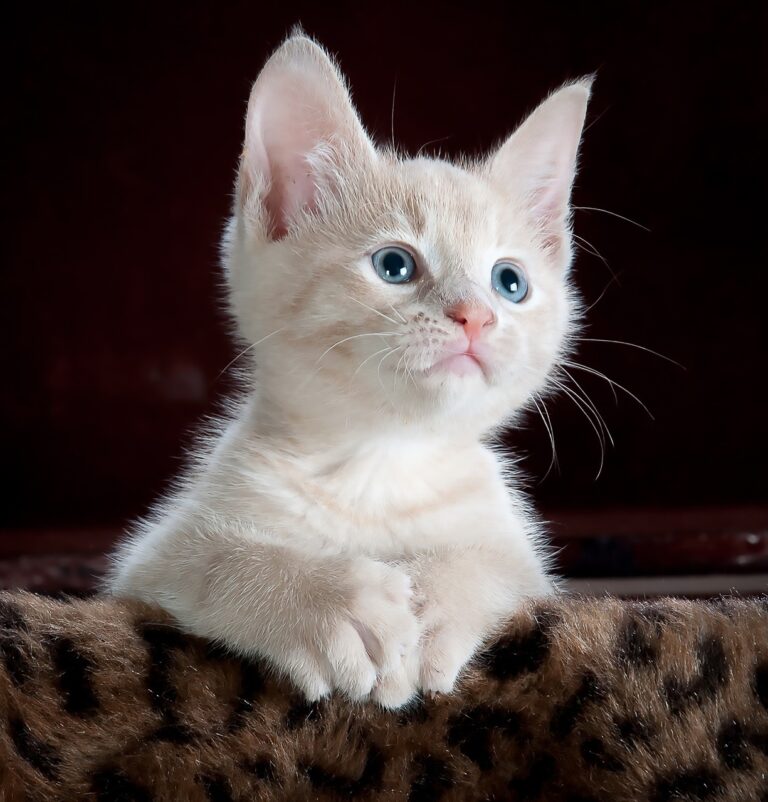Welcoming a cat into your home is a joyous occasion, but responsible pet ownership involves planning for their health and well-being. Selecting the best pet insurance for your feline friend is a crucial step in ensuring they receive the care they deserve. In this guide, we’ll explore key factors to consider when choosing cat insurance, helping you make an informed decision that aligns with both your cat’s needs and your budget.
Coverage Options: The best pet insurance for cats offers comprehensive coverage. Look for plans that include both accident and illness coverage, covering everything from minor injuries to major health issues. Additionally, some plans may provide coverage for routine care, such as vaccinations and dental cleanings, ensuring a holistic approach to your cat’s well-being.
Pre-existing Conditions Policy: Understand the insurer’s policy on pre-existing conditions. While most pet insurance plans do not cover pre-existing conditions, some may have waiting periods after which certain conditions become eligible for coverage. Clarify these terms to avoid any surprises when seeking medical assistance for your cat.
Reimbursement Structure: The reimbursement structure is a critical aspect of pet insurance that dictates how much money you receive back from the insurance company after paying for your cat’s veterinary care. Understanding the reimbursement structure is essential for making informed decisions about the financial aspects of your cat’s healthcare. Here are the two primary reimbursement models used by insurers:
Percentage of Actual Vet Bill
How It Works: In this model, the insurance company reimburses you a percentage of the actual veterinary bill incurred for covered services. For example, if your policy has an 80% reimbursement rate and your cat’s veterinary bill is $1,000, you would receive $800 back from the insurance company.
Pros: This model provides a straightforward and transparent approach. You are reimbursed based on the actual costs incurred, making it easy to understand how much you’ll receive.
Cons: The out-of-pocket expenses for pet owners can vary, especially if the cost of veterinary care is high. It’s essential to consider whether the percentage offered aligns with your budget and if you can comfortably cover the initial costs.
Benefit Schedule:
How It Works: A benefit schedule outlines specific amounts that the insurance company will pay for particular procedures or services. For example, the schedule might specify a maximum reimbursement of $300 for a dental cleaning or $500 for surgery.
Pros: The benefit schedule provides a predictable reimbursement amount for various procedures, making it easier for pet owners to anticipate their out-of-pocket expenses.
Cons: If your actual veterinary costs exceed the amounts specified in the benefit schedule, you would be responsible for covering the difference. This model may not provide as much flexibility in covering unexpected or high-cost medical treatments.
Choosing the right reimbursement structure depends on your preferences and financial capabilities. Here are some factors to consider:
Budget Considerations: If you prefer a more predictable budget, a benefit schedule might be suitable. However, if you want coverage that aligns with the actual cost of veterinary care, a percentage-based reimbursement model might be preferable.
Coverage Needs: Consider your cat’s potential healthcare needs. If your cat has a pre-existing condition or is prone to certain health issues, understanding how the reimbursement structure applies to those specific situations is crucial.
Financial Preparedness: Evaluate your ability to cover upfront veterinary costs. If you can comfortably handle higher initial expenses, a percentage-based model might offer more flexibility. If budget predictability is a priority, a benefit schedule may be more suitable.
Annual Limits and Deductibles:
Assess the annual limits and deductibles of each insurance plan. These factors influence the overall cost and coverage of the policy. Higher annual limits may provide more financial protection, but they often come with higher premiums. Determine the right balance based on your cat’s potential healthcare needs.
Waiting Periods: Be aware of waiting periods associated with the insurance plan. Waiting periods are the duration you must wait after purchasing the policy before certain coverage becomes effective. Consider how these waiting periods may impact your cat’s immediate health needs and factor them into your decision-making process.
Customer Reviews and Ratings: Research customer reviews and ratings for each insurance provider. Honest feedback from other pet owners can provide valuable insights into the insurer’s reputation, customer service, and the overall satisfaction of policyholders. Look for consistently positive reviews and testimonials.
Customization Options: The best pet insurance for cats allows for customization to fit your cat’s specific needs. Choose a plan that enables you to tailor coverage based on factors such as breed, age, and pre-existing health conditions. This flexibility ensures that your cat’s insurance plan is uniquely suited to their individual requirements.
Conclusion
Selecting the best pet insurance for your cat involves careful consideration of coverage options, policies on pre-existing conditions, reimbursement structures, annual limits, waiting periods, customer reviews, and customization options. By taking the time to thoroughly research and compare insurance plans, you can make an informed decision that provides your feline companion with the healthcare they deserve. Remember, investing in a quality pet insurance plan is an investment in your cat’s long-term well-being and your peace of mind as a responsible pet owner.


